Since we spend much of our time indoors, healthy air quality is of the utmost importance! Believe it or not, there are houseplants available that can aid in the removal of pollutants such as formaldehyde, benzene, trichloroethylene, and even carbon monoxide. Here is what you need to know:
Where do indoor toxins come from?
According to the Agency for Toxic Substances & Disease Registry (ATSDR):
- Carbon monoxide comes from tobacco smoke, gas appliances, and automobiles
- Formaldehyde emits from tobacco smoke, building materials such as particleboard and plywood, new textiles such as carpet and drapes
- Ammonia is a by-product of cleaning products, animal wastes, coal or wood furnaces, fertilizers.
- Xylene releases from paints, adhesives, permanent markers, and second-hand smoke.
- Trichloroethylene comes from the manufacturing process of dyes, soaps, perfumes, spot removers, and typewriter correction fluid.
- Benzene emits by building materials, tobacco smoke, unventilated oil heating, and in fumes from an attached garage
Here are seven plants that are great for eliminating these toxins:
Garden Mum
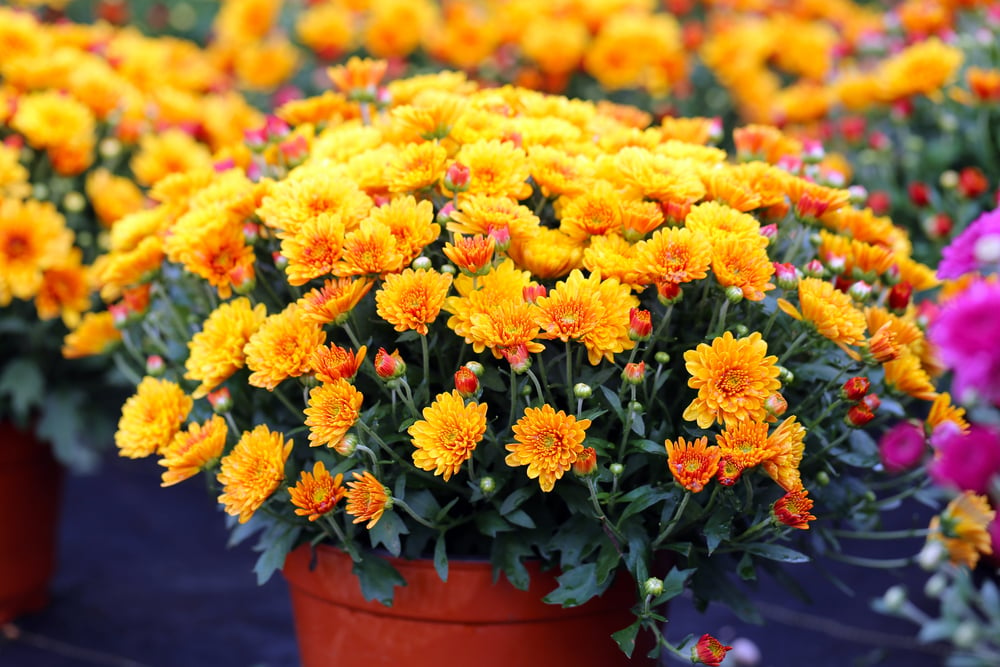
Inexpensive and available at garden stores this plant can remove ammonia, benzene, formaldehyde, and xylene. These plants have beautiful blooms, but are toxic to pets if eaten so be aware!
Spider Plant
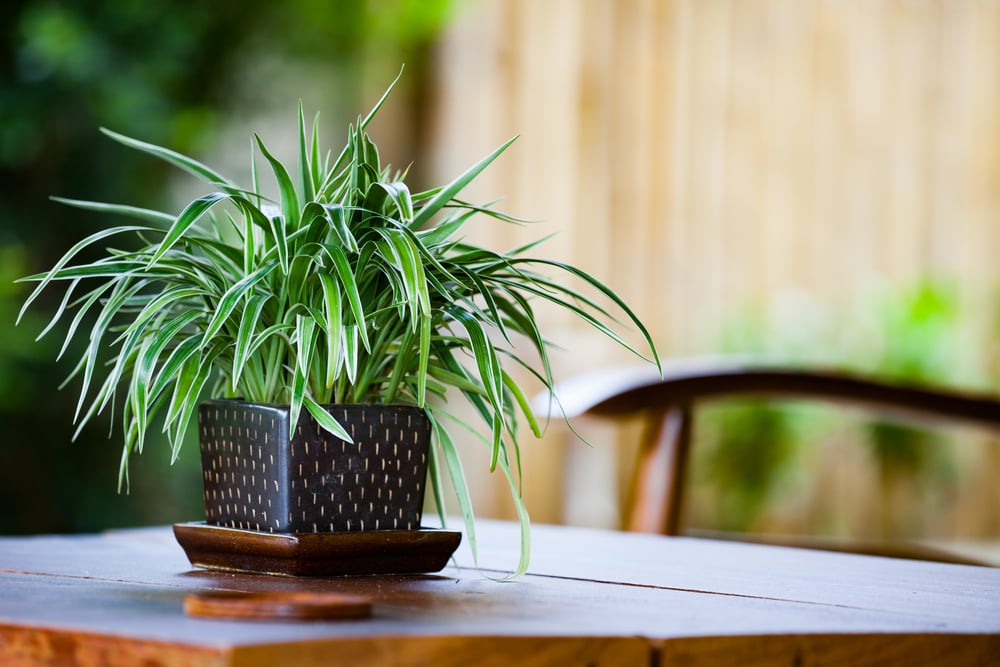
According to an article on Greatist medically reviewed by Debra Rose Wilson, Ph.D, “Spider plants are among the easiest air-purifying indoor plants to grow, making them a great choice for beginners or forgetful owners. Fans of bright, indirect sunlight, spider plants will send out shoots with flowers that eventually grow into baby spider plants or spiderettes.” These plants remove formaldehyde and xylene.
Weeping Fig/ Ficus
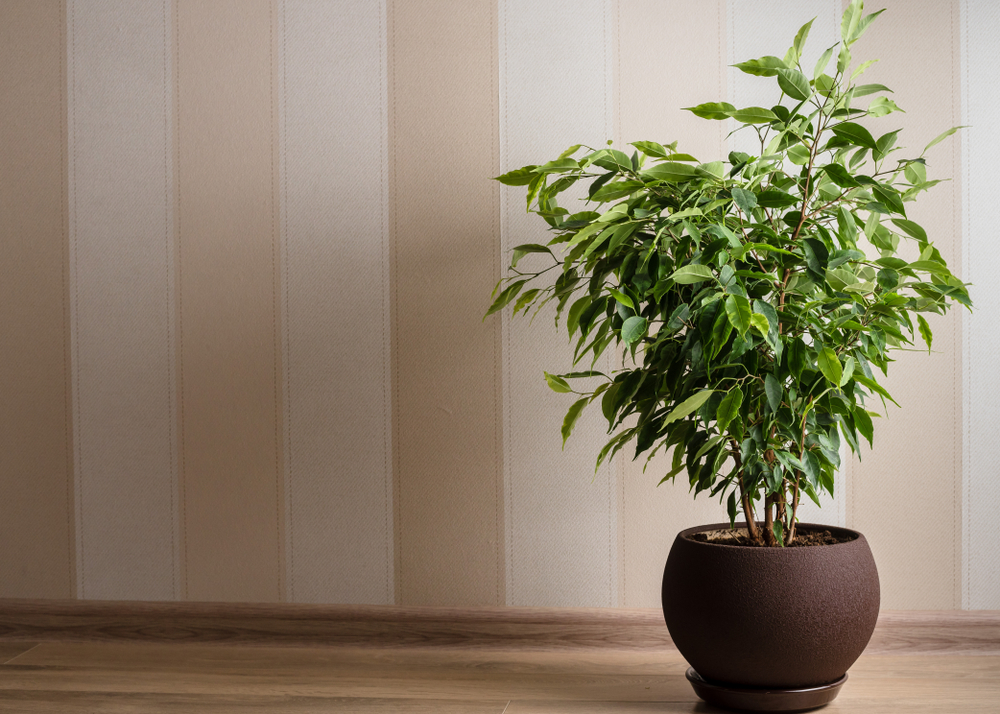
Grow this low-maintenance beauty in bright, indirect light, and allow the soil to dry out between waterings. According to Missouri Botanical Gardens, this plant removes common airborne toxins such as benzene, formaldehyde, and trichloroethylene and can increase oxygen levels in the home.
Peace Lily

These are perfect for small compact homes or apartments. They like to grow in shady areas so it is okay if your home doesn’t get much sun. They can remove ammonia, benzene, formaldehyde, and trichloroethylene.
Boston Fern

They’re relatively easy to grow, but they do need to stay moist. They are great for hanging or putting on a pedestal and they eliminate xylene and formaldehyde.
Snake Plant/Mother-in-Law’s Tongue
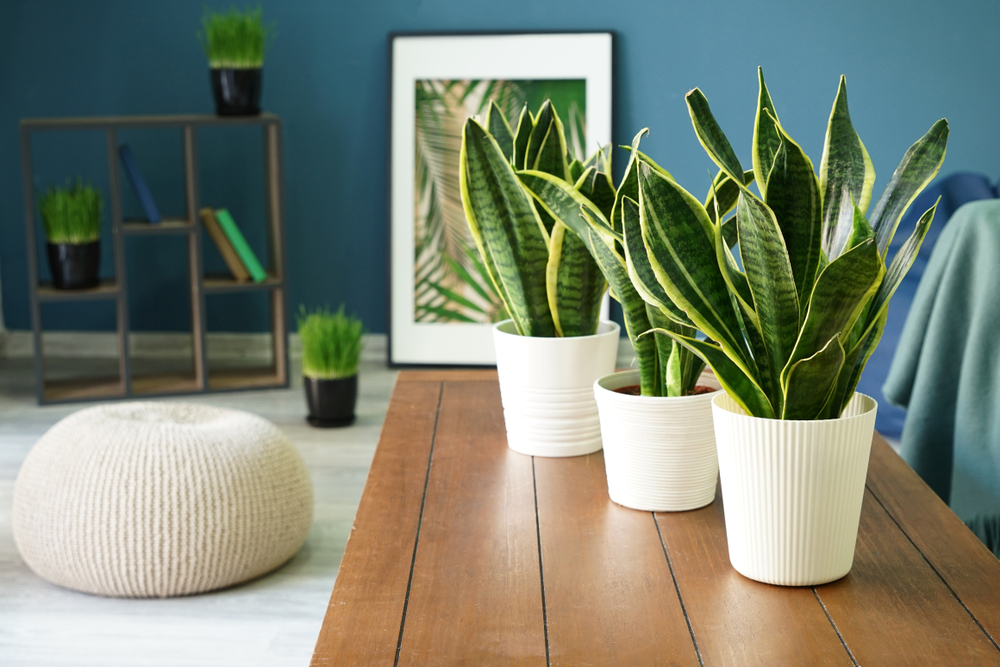
This is one of the hardest houseplants to kill. Although it does need to be watered occasionally, it generally prefers drier conditions. According to a study by NASA snake plants remove a host of pollutants, including formaldehyde, benzene, xylene, trichloroethylene, and nitrogen oxide, which can be emitted from gas-burning appliances and tobacco smoke.
Aloe Vera
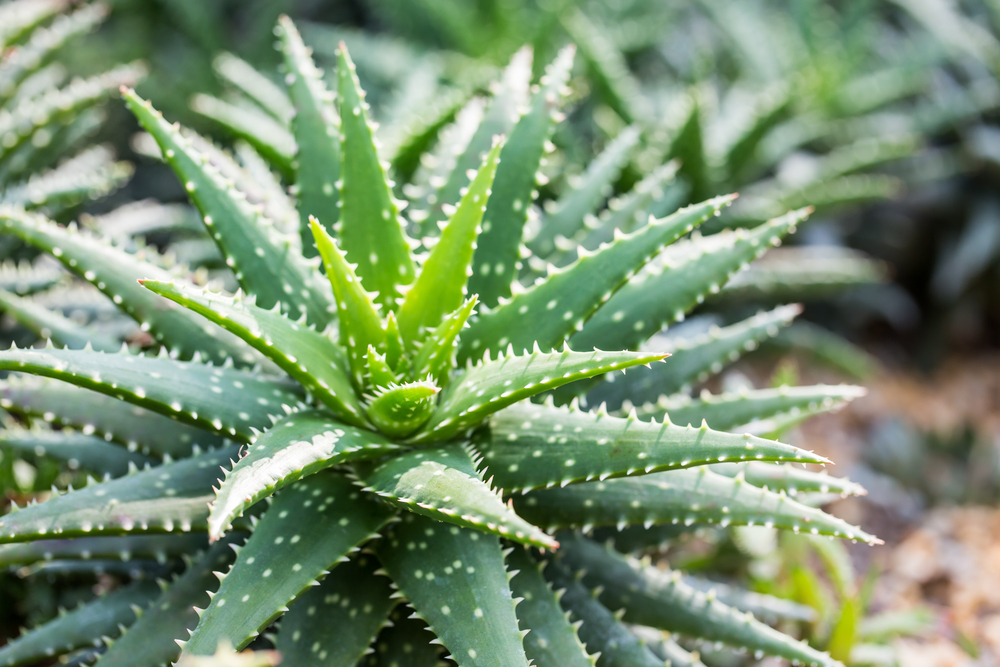
According to the Missouri Botanical Gardens, aloe comes with some serious health wins. The plant’s leaves contain a clear liquid full of vitamins, enzymes, amino acids, and other compounds that have wound-healing, antibacterial, and anti-inflammatory properties. This is a good plant to keep around for a quick burn relief remedy. Just break open a leaf and apply.
Sources:



